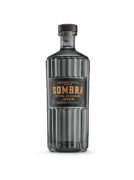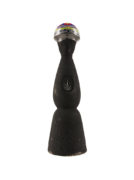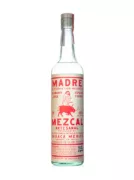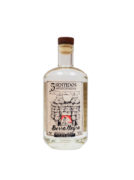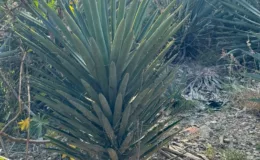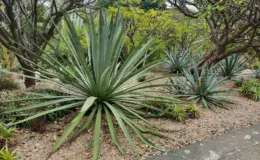Understanding Mezcal
Mezcal is a type of alcohol harvested and distilled from the heart of agave plants. It can be made from a wide variety of agave species, which drastically impacts the quality, aroma, and flavor of the alcohol. Out of about 200 agave species, mezcal can be made from 30 different types of agaves.

History and Origins of Mezcal
The history of mezcal begins with its origins in pre-Hispanic Mexico where the ancient indigenous people of Mexico produced an agave distillate as early as 500 AD. However, it was in a geographically isolated area and remained largely unknown outside of its region until Spanish conquistadors arrived in 1521.
The origin of the word "mezcal" comes from “metl” and “ixcalli” (to make fire) in Nahuatl—the language of the Aztecs.

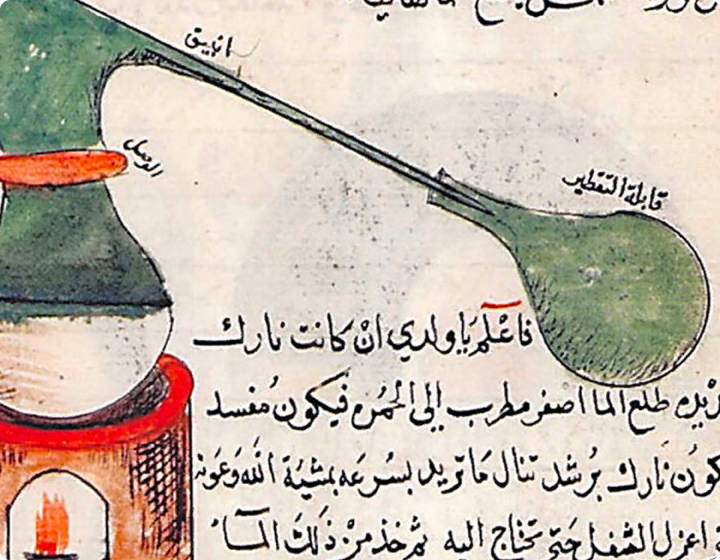
Mezcal Production
In 1997, mezcal was granted Denomination of Origin, a status that seriously limits what can be considered "actual" mezcal, and how it is marketed as such. One of requirements of the denomination is that spirits labeled as "mezcal" needs to be produced within Mexico. Although maguey grows in most states in Mexico, only nine states are allowed to legally produce mezcal, including Oaxaca, Tamaulipas, San Luis Potosi, Zacatecas, Guerrero, Durango, Puebla, Guanajuato, and Michoacan.
Agave
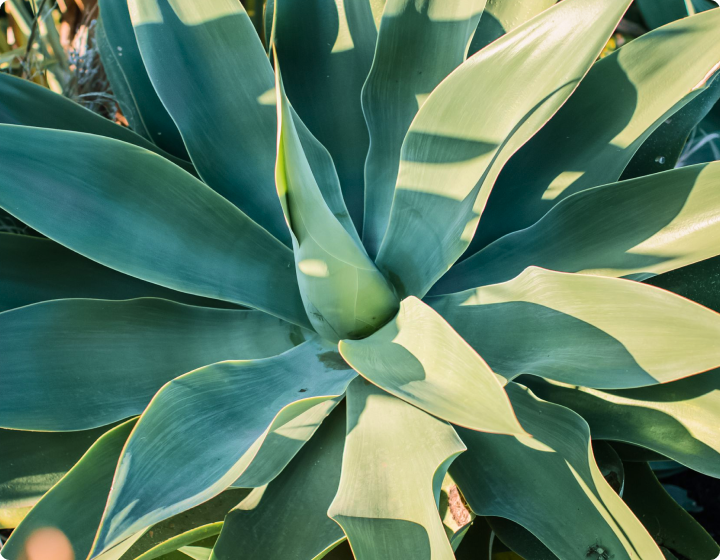
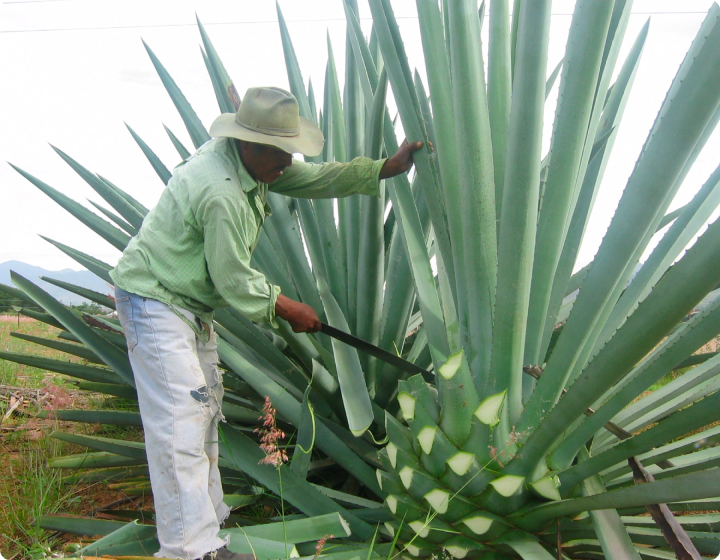
The agave plant is considered sacred by many indigenous cultures as they relied on the plant for both food and shelter. Food wise, the indigenous would eat the flowers and produced aguamiel (honey water) from the stalks. Yielding both sap and fiber, the agave leaves were used for clothes and building materials. And of course, the heart of the agave is and was used to create mezcal.
As mentioned above, mezcal can be made from a wide variety of different agave species. Comparatively, mezcal’s popular cousin, tequila, can only be made from the blue weber (also known as blue agave). Some of the most popular agave species used for mezcal production are:

Agave Angustifolia
Also known as Espadin, agave angustifolia accounts for about 90% of mezcal production. With a combination of a high yield per plant, short maturation time (as early as four years), and capability for mass farming, Espadin is the most easy and inexpensive mezcal to produce. In other words, it's the most scalable agave to produce.
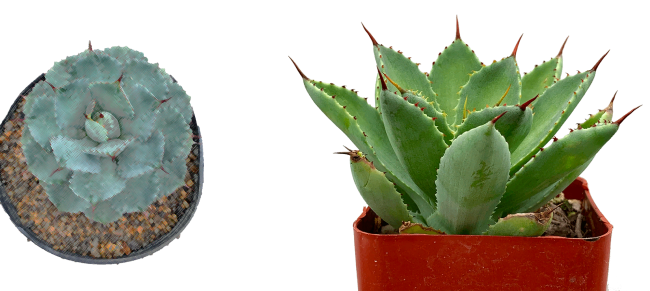
Agave Potatorum
Agave potatorum produces a variety of mezcal called Tobalá. Tobalá's potatorum agave is a particularly rare "wild" agave found in southern regions of Mexico. In order to naturally reproduce, this difficult agave relies on birds and bats to help spread its seed. Maguey tobalá takes between 10 to 15 years to mature and has a relatively low yield when producing mezcal.

Agave Marmorata
Agave marmorate produces the highly sought-after tepeztate variety of mezcal. Tepeztate mezcal is considered one of the prized jewels amongst mezcal aficionados. Its popularity comes from its intensely complex herbal flavor and the sheer rarity of the agave marmorata that produces the mezcal. It takes as long as 25 to 35 years before marmorata is ready for production. Further, marmorata typically grows in rocky, difficult terrains making it particularly difficult to cultivate. It typically grows best in high elevations in Southern Mexico.
Harvesting and Cooking
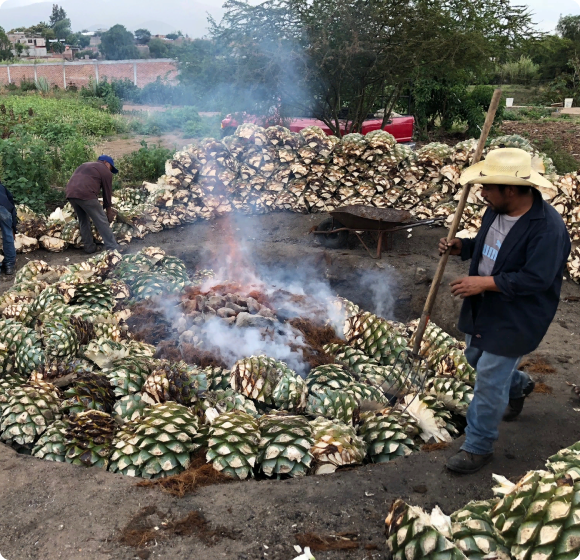
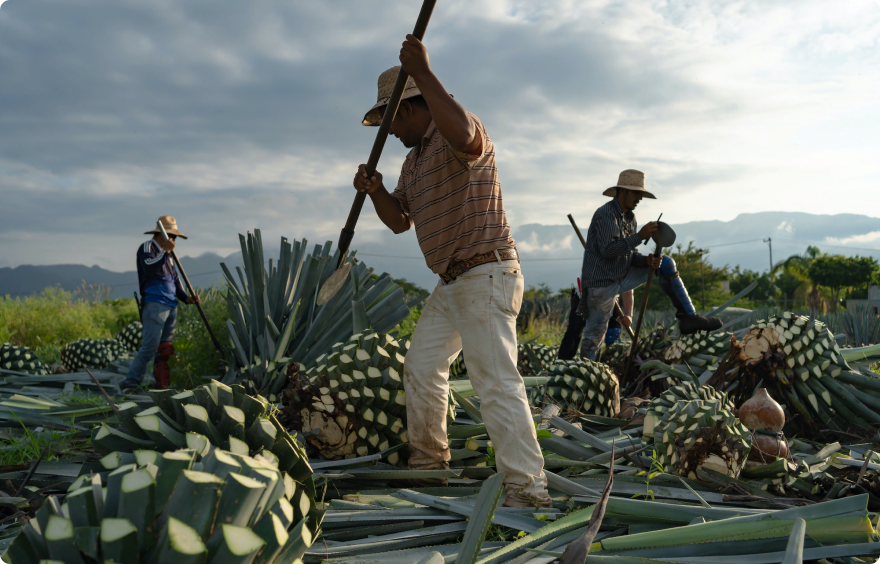
Traditionally crafted by small scale producers, mezcal is made using methods passed down from generation to generation. Some families retain techniques that have been used for hundreds of years.
The harvesting process starts by extracting the piña, or "heart" of the agave. This is done by cutting off the roots and leaves of the of the plant, effectively killing it. Once the piñas are prepared, they are cooked in an earthen pit. Depending on the producer, the earthen pit may contain various species of wood, rocks, herbs, and other materials to give the mezcal a distinctive and sometimes smoky flavor.
Crushing and Fermentation

After being cooked in the earthen pit for several days, the piñas are pulled out, crushed, and mashed. Traditionally, this is done using a tahona, a stone wheel that is turned by a horse or a donkey. The resulting liquid is then left to ferment in large vats or barrels for 4 to 10 days. Some mezcaleros leave it to ferment naturally while others may employ the help of wild yeast, another factor that contributes to the differing flavors of mezcal.
Distillation and Aging
After fermentation, the liquid is collected and distilled in copper or clay pots, a process that adds unique flavor notes to the final product. Mezcal is distilled twice. The first distillation is known as ordinario and results in a mezcal that is about 75 proof or 37.5% ABV. A second distillation process is required to raise the alcohol percentage.
At the end of the distillation process, the unaged (joven) mezcal can now be bottled and sold. Some of it may be kept and left to age in oak barrels for a specific length of time, resulting in reposado or anejo styles depending on the length of aging. The aging process can be used to classify mezcal into the following:
Explaining The Different Mezcal Categories
In 2017, the Consejo Regulador del Mezcal (CRM) decided to delineate three classes of mezcal based on the different production and tools of the trade. Below are the differences:
| Spirit Name | Cooking of piñas | Milling or crushing | Fermentation | Distillation |
| Just plain mezcal, this category refers to mezcal that has been produced using an industrial or semi-industrial process. Its preparation must comply with at least the following | ||||
| Mezcal | In earthen pits, brick ovens, or an autoclave. | Using a tahona, mechanical mill, or diffuser. | In wooden containers, stainless steel tanks, or masonry basins. | Using stills made of stainless steel or copper. |
| This class of mezcal must be made with some traditional methods such as | ||||
| Mezcal Artisanal / Artesanal | In earthen pits or brick ovens. | Using a tahona or mechanical mill. | In animal skins, stone pits, tree trunks, wood, or masonry basins. | Over a fire in stills made of wood, clay, copper, or stainless steel. |
| The rules are much stricter for mezcal ancestral as it retains most of the traditional methods and must fulfill the following conditions | ||||
| Mezcal Ancestral | In earthen pits. | Using a tahona, hand mallet, Egyptian or Chilean mill. | In animal skins, stone tanks, tree trunks, wood,or masonry basins. | Over a direct fire in a still made of clay or wood. |
What Does Mezcal Taste Like?
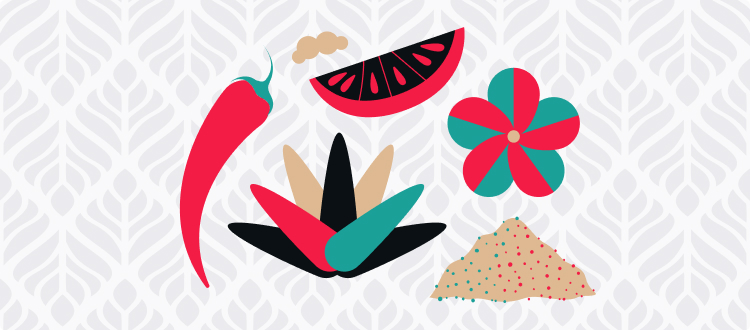
Mezcal is a highly spirit that can a wide range of flavors and aromas depending on the type of agave used, the production process, and the personal touch of the master mezcalero. Typically you can expect mezcal to taste somewhat herbal, occasionally fruity, earthy, or sweet. Contrary to popular belief, mezcal is not alway smoky.
Del Maguey: The Arrival of Mezcal In The United States
The presence of mezcal in the United States can be largely attributed to Ron Cooper, the founder of Del Maguey. His visit to Teotitlán del Valle, Oaxaca in the 1970s sparked his dream to start his own mezcal company.
San Luis Potosí: Mexico’s Hottest Mezcal Region
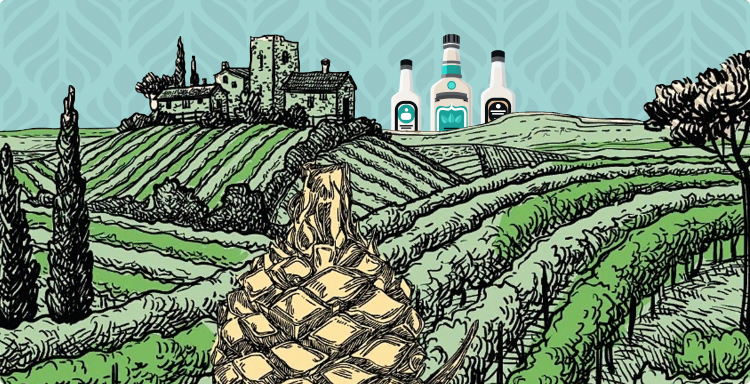
While Oaxaca remains the main producer and heart of mezcal, many mezcal lovers are turning their eyes towards San Luis Potosí as many believe is where the best mezcal today is made. Known for its waterfalls and colonial architecture, San Luis Potosí is said to be one of the original producers of mezcal during Spanish rule.
In fact, it was once briefly Mexico’s capital and is one of the keepers of the oldest distillation processes even before Oaxaca was in the picture. In San Luis Potosí, the traditional producers are still using Mongolian style Capacha clay stills that date way back.
However, in the early 20th century, the mezcal industry in the area took a huge hit after the Mexican Revolution. In recent years, mezcal from San Luis Potosí are constantly winning awards which consequently put them on the map. The mezcals in this area are loved for its terroir as the region sits in the high desert where the soil has incredible mineral content and very little rainfall.









